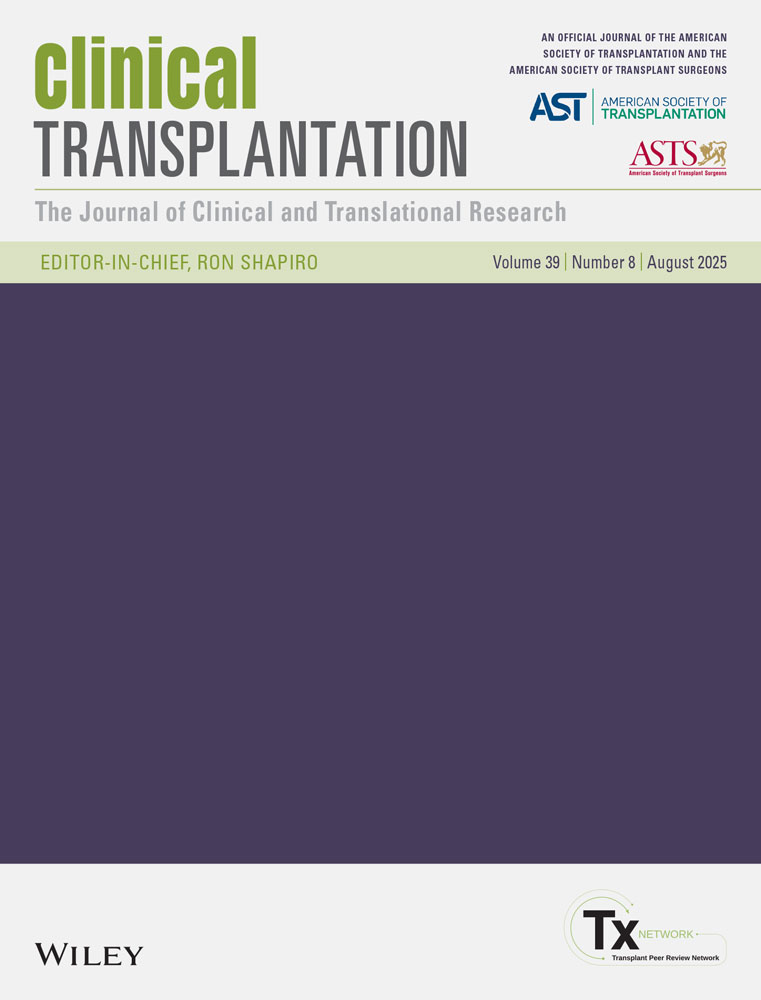Renal transplantation for Type II diabetic patients compared with Type I diabetic patients and patients over 50 years old: a single-center experience
Abstract
Introduction. Transplantation of renal allografts for Type II diabetic patients has become increasingly common. Like Type I diabetics and patients over age 50, Type II diabetics are in a high-risk category for renal transplantation. Some investigators argue that the scarce resources of the valuable donor pool should not be allocated to these high-risk, older individuals with end-stage renal disease (ESRD) who often have significant comorbidity. We studied the outcome of renal transplantation for 90 Type II diabetics and compared it with the outcome for Type I diabetics and patients over age 50 with other primary diseases. Methods. We conducted a retrospective review of data on all renal transplants performed at the University of Minnesota since September 1984 for Type II diabetics. We analyzed both patient and graft survival rates and compared them with the outcome for Type I diabetics and separately for all nondiabetics over age 50. We grouped recipients by donor source (living vs. cadaver) and age at transplant (<50 vs.> 50). We studied reasons for graft loss, patient death, pre-operative morbidity, and post-operative complications. Results. We found that recipient age and donor source did not affect outcome. Overall 5-yr patient survival for Type II diabetics was 61%; graft survival, 53%. Type II diabetics had significantly worse patient and graft survival than Type I diabetics and than nondiabetics over age 50. However, death-censored graft survival was not different between these groups, suggesting little difference in immunologic graft loss. Conclusions. Renal transplantation is a relatively safe, viable option for Type II diabetics with ESRD and significant comorbidity. Although their overall graft survival is less than for Type I diabetics and nondiabetics over age 50, the immunologic graft failure rate is the same in all three groups.




